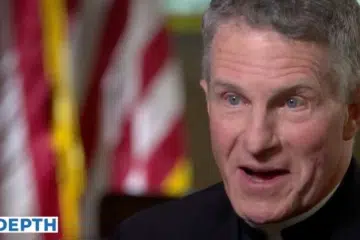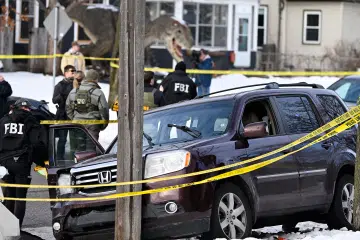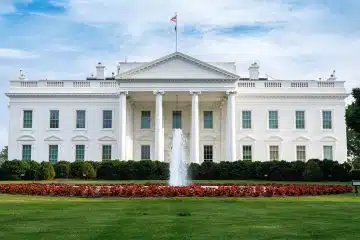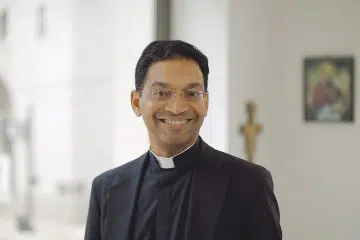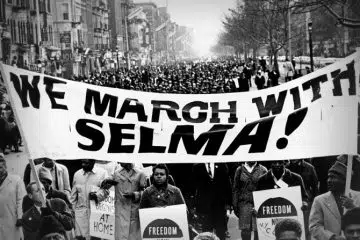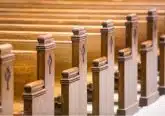Quality of Catholic Cincinnati is gigantesco
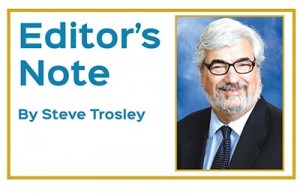 “How Catholic Are We?” asks the April 2016 edition of Cincinnati Magazine.
“How Catholic Are We?” asks the April 2016 edition of Cincinnati Magazine.
Over the next 20 well-designed pages is a package of well-written and well-researched stories and factoids that quantify the changes in church attendance and population in the greater Cincinnati metropolitan area.
The numbers and sidebar stories support the conclusion: “Cincinnati still is a Catholic town; it just may not be as Catholic as you’ve always assumed.”
Friends around the country ask me about Cincinnati and my stock laugh line has been, “You can’t throw a stone in any direction without hitting a Catholic, a Kroger store or a Catholic in a Kroger store.”
The numbers may be dwindling all over the U.S., but as the author of the Cincinnati Magazine story about Sister Blandina Segale draws beautiful picture about the Sister of Charity who is a candidate for sainthood: Although she was physically tiny, her moral stature was gigantesco.
And so it is with Cincinnati Catholics, qualitatively speaking. Numbers matter and the decline in the number of active Catholics should be a concern to all of us. But we also need to ask of the Catholics who continue to be active, what is the quality of their faith and their faith actions?
Generosity is a good measure of quality. Catholics of the Archdiocese of Cincinnati donated more than $800,000 to the national retirement fund for religious, in the top three of any diocese in the nation. Not only generous, this signals great respect for the contributions of religious orders to our community and individual lives.
The Catholic Inner City Schools Education Fund (CISE) just raised more than $2.6 million from mostly local sources to provide a quality Catholic education for inner-city children, the majority of whom are not Catholic. These children also are accorded an opportunity to attend some of the finest Catholic High Schools in the United States through the CISE program.
Volunteers have donated more than 188,000 hours of time through Catholic Charities of Southwest Ohio in the past year and the CCSWO programs reached more than 91,000 people. From assisting in the resettlement of refugees, to helping senior citizens, to operating the Second Harvest Food Bank program, which provided millions of meals to local residents, CCSWO puts more than $16 million each year into helping the needy and vulnerable in the archdiocese. Its mental health counseling arm is helping individuals fight addiction and deal with the many family issues that plague our age.
Whether it’s helping an unaccompanied youngster from Honduras get settled, ensuring a hungry youngster takes home a backpack with a weekend food supply or supplying a drained caregiver a needed break, CCSWO delivers quality.
When you talk about Catholic quality, you have to talk about the archdiocesan Catholic Schools. The sixth largest school system in the United States (while the archdiocese is 38th of 195 American dioceses, since we’re talking numbers,) what goes on in Catholic Schools in this archdiocese is nothing less than spectacular. More than 40,000 students are getting a quality education in a positive environment.
Catholics of the archdiocese also take leadership roles in social justice causes, from environmental concerns to ministering to prisoners to celebrating great moments in American social justice. It was the archdiocesan Office of African-American Catholic Ministries that led the community celebration of the 50th anniversary of Dr. Martin Luther King’s “I have a dream” speech in 2013.
There is limited space here for recounting the reflections of quality Catholicism in our community.
From the investment in recognizing the dignity and value of life, to the contributions in the areas of healthcare, education and social justice, to the growth and excellence of Mount St. Mary’s Seminary and the Athenaeum and its graduates to the often undisclosed activities of groups like the Knights of Columbus and scores of individuals, the answer to the question, “How Catholic is Cincinnati?” qualitatively speaking, is very.
Steve Trosley is the editor and general manager of The Catholic Telegraph. This Editor’s Note column first appeared in the May 2016 print edition of The Catholic Telegraph.


